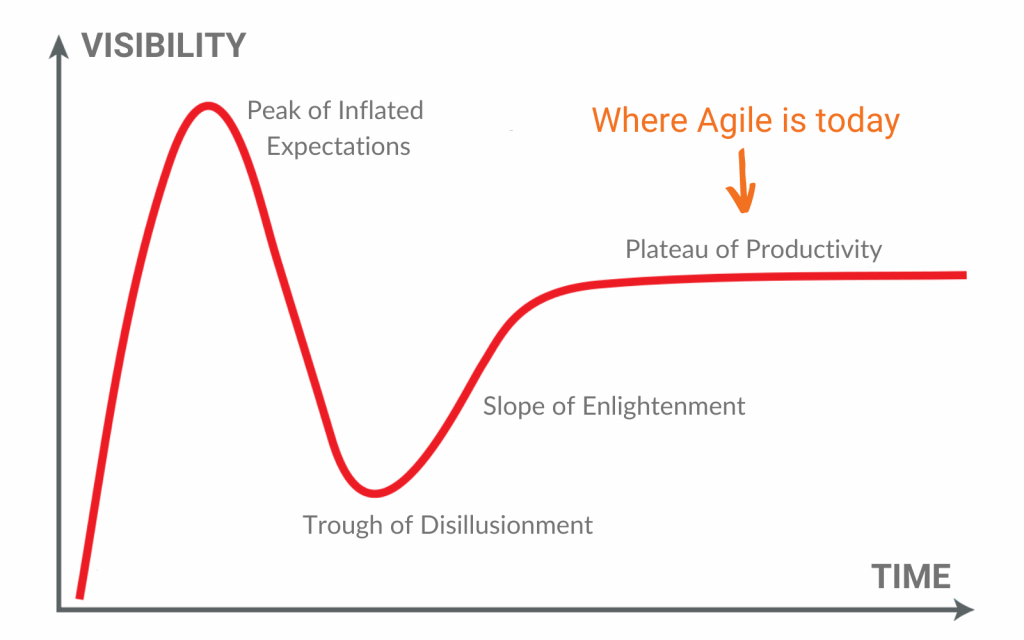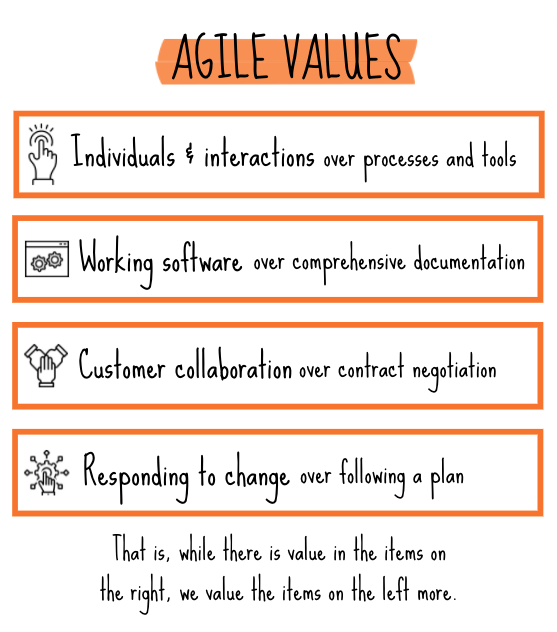The agile movement revolutionised the way technology companies operated and was a key driving force behind successes like Google, Facebook and Airbnb. But, two decades after it started, the movement is now dead with the final blow dealt by McKinsey recently promoting an “agile transformation office”.
Agile was originally proposed as a way of managing work and organising teams that develop software. It emphasizes customer collaboration over contract negotiation, individuals over processes, responsiveness to change over following a plan and results over documents.
For organisations that applied it, it became a competitive advantage. For professionals that practised it, it provided a common frame of reference to help them work more productively together.
The success of the people and companies that adopted agile drove its uptake and popularity with organisations of all shapes and sizes. Large listed companies, small startups, government departments, banks, miners, property developers and not for profits have all adopted agile or at least wanted to.

But, agile’s success and popularity have also been its undoing.
The butchering of agile over the past few years has sent it on a downward spiral. Agile has shifted from a set of shared values and principles to an empty, overused word that has been misapplied to almost anything an organisation does.
Take McKinsey’s promotion of an “agile transformation office.” An unnecessary rebrand of an existing concept, the program management office, that goes against the fundamental principles behind agile. Every point McKinsey lists as a difference to a PMO is an almost exact description of a PMO. Additionally, an office that “defines the overall strategy,” “tracks progress” and “creates minimum standards” directly contradicts the agile manifesto’s principle of “self-organising teams” and almost certainly “people over process.”
PwC’s “agile enterprise” is a similarly vapid concept when you peel away the jargon, offering little beyond common sense statements like companies that succeed are able to meet customer needs and better technology gives you better efficiency.
McKinsey and PwC don’t deserve all the blame, their promotion of these concepts are just symptoms of the final stage of the agile movement. The final stage began around 2015 when one of the founders of agile, Dave Thomas gave his presentation titled ‘Agile is Dead.’
Now almost every job applicant goes to great lengths to explain how agile they are.
Most organisations go out of their way to explain how agile they are to the market, staff and potential new hires. For example, most major banks have adopted or are adopting agile (e.g. JP Morgan, Westpac, Bank of America and Commonwealth Bank).
In practice, this means it’s difficult to take any meaning from the word “agile”. You have to find other ways to understand whether job applicants understand the underlying principles behind agile. You have to look more closely at the actual processes and behaviours within organisations to understand if they’re really applying the principles that made Atlassian successful.
These principles and values, known as the Agile Manifesto, were penned by a group of self-described “organisational anarchists” from the software industry at a ski resort in Utah back in February 2001. The Agile Manifesto gave rise to the agile movement, a movement to promote the use of agile principles to build better software.

Two decades later and the movement has succeeded. Agile’s underlying principles and values are now table stakes for any organisation. The degree to which an organisation is applying agile is now a matter of small increments of productivity rather than a revolutionary game-changer.
The challenge, and the opportunity, for the industry, is to move past the misuse of agile and focus on the underlying principles. The opportunity is to look for competitive advantages in new ways of working, like the disciplines of product management, that can bring the advantages agile has.
P.S.: I’m aware of the distinction between big ‘A’ Agile and little ‘a’ agile, however, I have not used it in the article because I think trying to incorporate it appropriately would distract from the point I am making. I don’t think this detracts from the point, but open to being challenged.
More on Agile:

Scott Middleton
CEO & Founder
Scott has been involved in the launch and growth of 61+ products and has published over 120 articles and videos that have been viewed over 120,000 times. Terem’s product development and strategy arm, builds and takes clients tech products to market, while the joint venture arm focuses on building tech spinouts in partnership with market leaders.
Twitter: @scottmiddleton
LinkedIn: linkedin.com/in/scottmiddleton